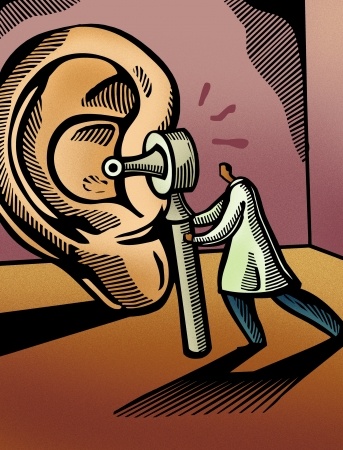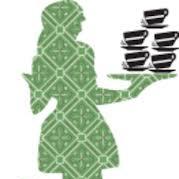
Rndballref
20 Years Experience
Chicago, IL
Male, 60
For twenty years I officiated high school, AAU and park district basketball games, retiring recently. For a few officiating is the focus of their occupation, while for most working as an umpire or basketball referee is an avocation. I started ref'ing to earn beer money during college, but it became a great way to stay connected to the best sports game in the universe. As a spinoff, I wrote a sports-thriller novel loosely based on my referee experiences titled, Advantage Disadvantage
No. The correct protocol when a player fouls out is this: the scorer normally informs the ref that the player assessed with the last foul has fouled out. The ref lets the coach know that the player has fouled out and he has 30 seconds to send in a substitute. Once the fouled out player leaves the court and the substitute is beckoned in, then the free throws can start. By the way, if there are other subs at the time the player is being replaced, then all of them should be beckoned in. Normally you would wait until there is only one free throw left (or a one and one) before sending subs in.
In NFHS rules, when player A1 reaches through the plane on team B's throw in WITHOUT touching player B1, the referee shall issue a delay of game warning on the first occurence. If it happens the second time, it is a technical foul.
If player A1 reaches through the plane and hits the ball or the player, then it is a technical foul immediately. So, the direct answer to your question is a technical foul.
Actually, a dribble ends when you put two hands on the ball. But even if you have not dribbled already, putting two hands on the ball on the floor is normally called double dribble.
It depends on 1) your current size and potential size and 2) your level of fundamental skills (dribbling, shot accuracy, speed, passing, basketball IQ, selflessness, and most importantly the needs of your team).
Audiologist
 Can just one loud concert do serious damage to your ears?
Can just one loud concert do serious damage to your ears?
Programmer
 Why are most developers socially withdrawn?
Why are most developers socially withdrawn?
Waitress
 Do you get annoyed when people use Groupons?
Do you get annoyed when people use Groupons?
If team A loses possession because B tips the ball, but A does not reclaim possession (going thru fingertips does not establish possession) there would be no backcourt violation.
The referee (as opposed to the other officials) has the responsibility to decide matters upon which the timer and scorekeeper disagree. Furthermore, "the referee shall make decisions on any points not specifically covered in the rulebook."
There is no explicit provision in the rule book to address the situation you describe. So, the referee has to decide what would be consistent with the intent of the rulebook.
To have a backcourt violation a team must first achieve possession in their front court. There is no team possession on a throw in.
So, in your scenario Players B1 and A2 touch the ball, but neither have achieved possession. Therefore, no backcourt violation when A2 retrieves the ball in his backcourt.
-OR-
 Login with Facebook
Login with Facebook (max 20 characters - letters, numbers, and underscores only. Note that your username is private, and you have the option to choose an alias when asking questions or hosting a Q&A.)
(A valid e-mail address is required. Your e-mail will not be shared with anyone.)
(min 5 characters)
By checking this box, you acknowledge that you have read and agree to Jobstr.com’s Terms and Privacy Policy.
-OR-
 Register with Facebook
Register with Facebook(Don't worry: you'll be able to choose an alias when asking questions or hosting a Q&A.)